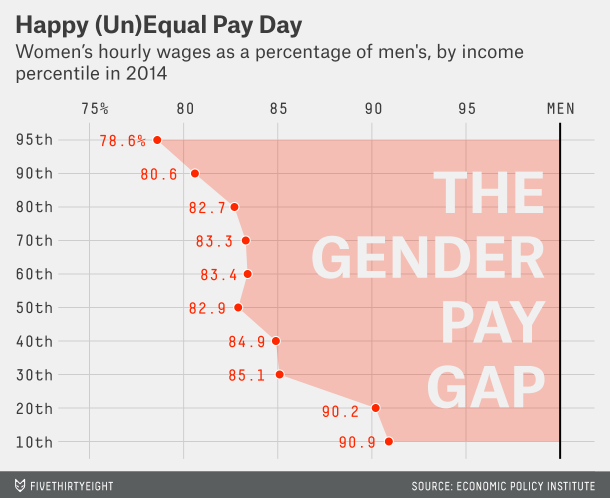Great Weekend Reads: Gender Pay Gap Edition
This past Tuesday, April 14, marked another national Equal Pay Day — an annual reminder of the persisting wage gap between men and women in the United States. To help you better understand the factors contributing to such a gap and the repercussions of discriminatory income practices, ELM3 has compiled a series of articles on the topic. We hope you take some time this weekend to read them and become a better ally for the women in your life facing these structural hurdles!
“How the Gender Gap in Pay Can Translate to Poverty in Retirement”
This quick read shows how the quickly the pay gap adds up. On average, women’s retirement accounts come out $60,000 lower than that of their male counterparts. Such dramatically increases the chances of women retiring in poverty, which makes for a sordid picture when added to the fact that women tend to live longer than men.
“Women of Color and the Gender Wage Gap”
Drawing from a number of studies, this article fleshes out the story behind the staggering wage gap between women of color and white, non-hispanic men. On average, Latina and African American women face a 46 percent and 36 percent wage gap, respectively, significantly higher than the national wage gap. The author reviews the discriminatory hiring processes, the volatility of low-income jobs, and the lack of available family caregiving options that contribute to these gaps.
“Here’s What the Gender Pay Gap Looks Like by Income Level”
This graphical representation of the pay gap shows that, on average, the pay gap increases as pay levels increase. Such likely accounts for the fact that both men and women earn the same minimum wage, leveling out the gap near the bottom of each sector. Even still, women account for a large portion of those low-earnings jobs.
“Gender Wage Gap in Eight Charts”
These charts point to a number of interesting trends. For example, the pay gap tends to increase in jobs where men and women work more hours per week. Older women also tend to face a significantly higher pay gap than younger women. In an odd reversal from 1983, the more schooling a woman attains, the higher average pay gap she faces. Such is an important reminder that attaining higher levels of education isn’t necessarily benefiting women in the workforce. With such pervasive income discrimination, it could take women in states with the highest wage gaps over 100 years to achieve equal pay. In Georgia, the gap is not projected to close until 2055.







